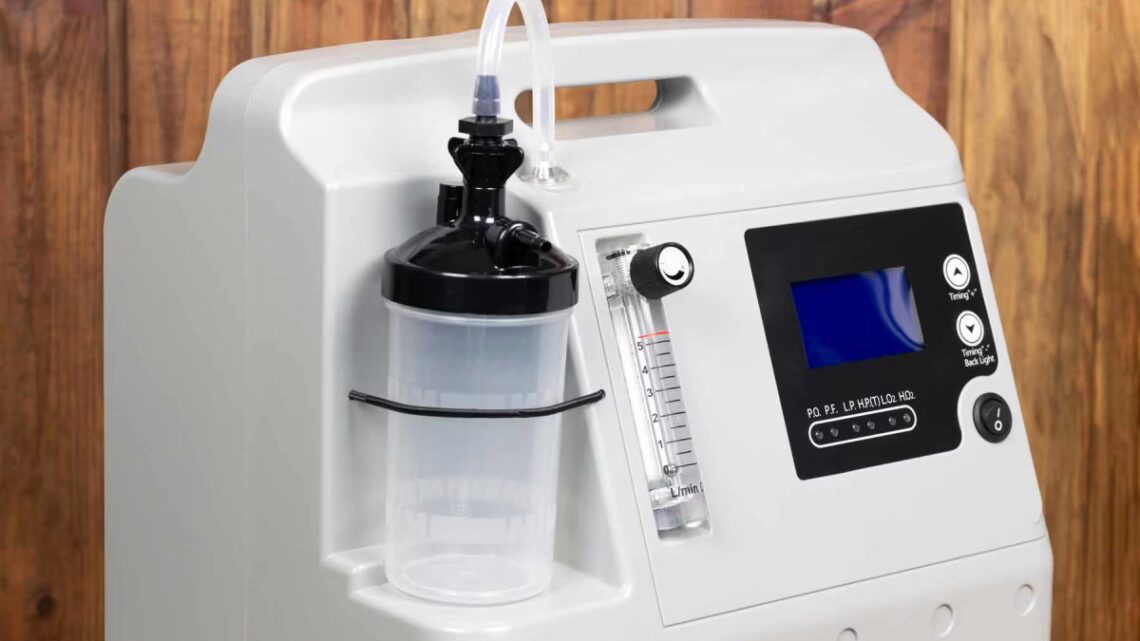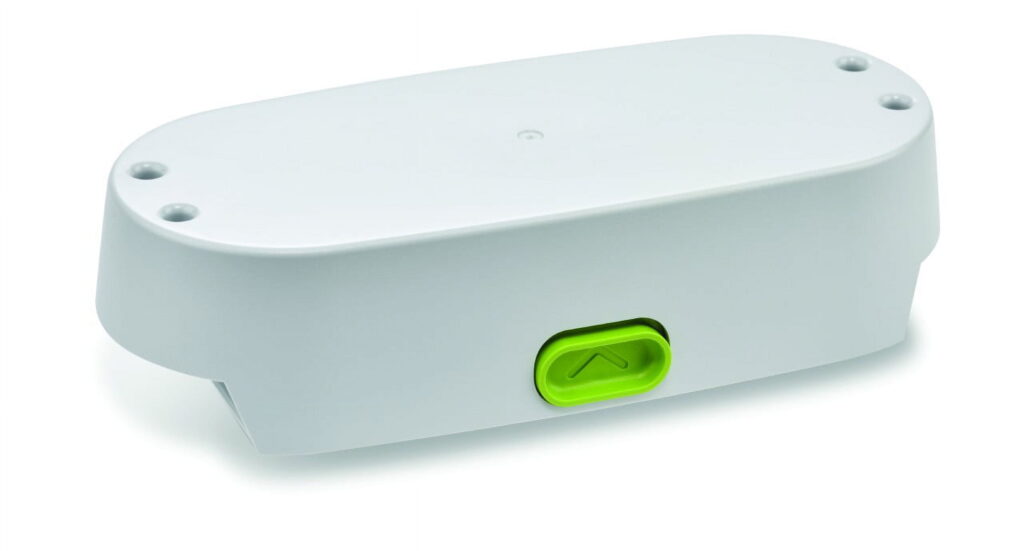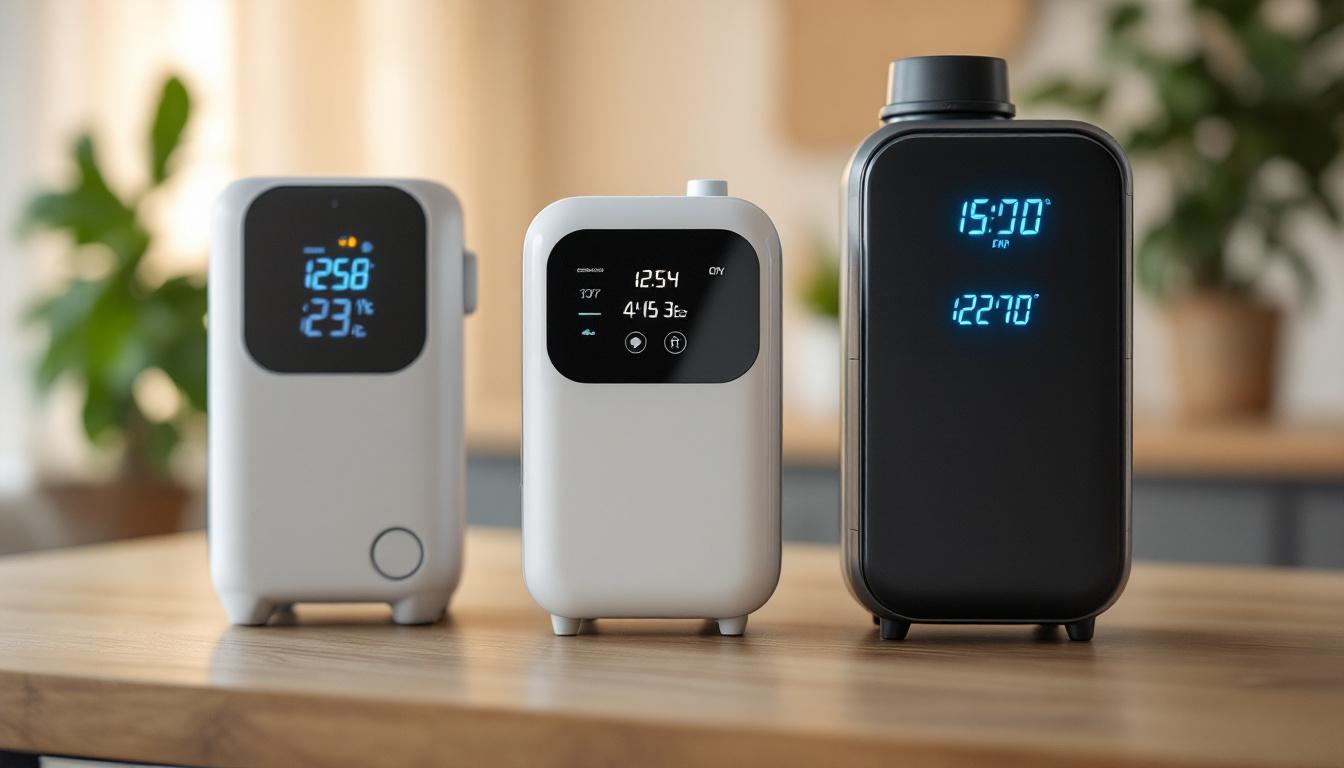
In recent years, the demand for portable oxygen solutions has surged, driven by a growing awareness of respiratory health issues and the need for mobility. For individuals with chronic respiratory conditions, such as Chronic Obstructive Pulmonary Disease (COPD) or pulmonary fibrosis, a mini portable oxygen concentrator (POC) offers a practical solution to maintain their quality of life while on the move. This article explores the benefits, features, and considerations of using a mini portable oxygen concentrator, ensuring that users can make informed decisions about their respiratory care.
Understanding Mini Portable Oxygen Concentrators
A mini portable oxygen concentrator is a compact device designed to provide a continuous supply of oxygen to individuals with respiratory conditions. Unlike traditional oxygen tanks, which require refilling and can be cumbersome, these devices utilise advanced technology to extract oxygen from the surrounding air, making them a more convenient option for users.
How They Work
Mini portable oxygen concentrators operate by drawing in ambient air, filtering out nitrogen and other gases, and delivering concentrated oxygen to the user. This process occurs through a series of molecular sieves, which separate oxygen from the air. The result is a steady flow of oxygen that can be adjusted according to the user’s needs. Most models are equipped with pulse dose technology, which releases oxygen only when the user inhales, maximising efficiency and battery life.

Benefits of Mini Portable Oxygen Concentrators
The advantages of using a mini portable oxygen concentrator are manifold. Firstly, they offer unparalleled mobility, allowing users to engage in daily activities without being tethered to stationary oxygen tanks. This freedom can significantly enhance the quality of life for those who require supplemental oxygen.
Secondly, mini POCs are lightweight and compact, making them easy to carry in a bag or backpack. Many models are designed with user-friendly interfaces, ensuring that individuals can operate them with minimal effort. Furthermore, the long-lasting battery life of many devices means that users can enjoy extended periods of use without needing to recharge.
In addition to their portability, mini portable oxygen concentrators are often equipped with various features that cater to the needs of different users. For instance, some models come with built-in alarms that notify users when the battery is running low or if there is a blockage in the system. This added layer of security ensures that users can maintain their oxygen supply without interruption. Moreover, many devices are designed to be quiet, allowing users to go about their daily routines without drawing attention to their medical needs, thus promoting a sense of normalcy and confidence.
Another significant benefit of mini portable oxygen concentrators is their cost-effectiveness over time. While the initial investment may be higher than traditional oxygen tanks, the elimination of recurring costs associated with refilling tanks and purchasing disposables can lead to substantial savings. Additionally, many health insurance plans now cover at least part of the cost of these devices, making them more accessible to those who need them. As technology continues to advance, we can expect to see even more innovations in this field, further improving the lives of individuals with respiratory challenges.
Key Features to Consider
When selecting a mini portable oxygen concentrator, several key features should be taken into account to ensure the device meets the user’s specific needs.
Oxygen Flow Rate
The oxygen flow rate is a critical factor when choosing a POC. Most devices offer adjustable settings, allowing users to customise the flow according to their prescribed oxygen requirements. It is essential to consult with a healthcare professional to determine the appropriate flow rate for individual needs.
Battery Life and Portability
Battery life is another crucial consideration. Users should look for a concentrator that offers a long-lasting battery, ideally with the option to use an external battery pack for extended outings. Portability is also vital; a lightweight design can make a significant difference in comfort during travel. Learn more about consideration on https://policysearch.ama-assn.org/policyfinder/detail/H-295.995?uri=%2FAMADoc%2FHOD.xml-0-2294.xml
Noise Level
Many users appreciate a quiet device, especially in social settings or during sleep. When evaluating options, consider the noise level of the concentrator, as some models operate more quietly than others. This feature can greatly enhance the user experience, particularly in public spaces.
Choosing the Right Mini Portable Oxygen Concentrator
Selecting the right mini portable oxygen concentrator involves careful consideration of individual lifestyle needs and preferences. Here are some tips to guide the decision-making process.

Consultation with Healthcare Professionals
Before purchasing a portable oxygen concentrator, it is advisable to consult with a healthcare provider. They can provide insights into the specific oxygen requirements based on the individual’s medical condition and lifestyle. This collaboration ensures that the chosen device aligns with medical advice and personal needs.
Research and Reviews
Conducting thorough research is essential. Reading reviews from other users can provide valuable information about the performance and reliability of different models. Online forums and support groups for individuals with respiratory conditions can also offer recommendations based on real-world experiences.
Trial Periods and Demonstrations
Many suppliers offer trial periods or demonstrations of their products. Taking advantage of these opportunities can help users assess the comfort and functionality of a mini portable oxygen concentrator before making a purchase. This hands-on experience can be invaluable in determining the best fit.
Maintaining Your Mini Portable Oxygen Concentrator
Regular Cleaning
Cleaning the device regularly is crucial. Users should follow the manufacturer’s guidelines for cleaning the filters and exterior components. Dust and debris can accumulate over time, potentially affecting the concentrator’s efficiency. Regular maintenance not only prolongs the life of the device but also ensures that the oxygen delivered is of high quality. Click here to find more about efficiency.
Battery Care
Battery care is another important aspect of maintaining a portable oxygen concentrator. Users should ensure that the battery is charged according to the manufacturer’s instructions and avoid overcharging, which can reduce battery life. Keeping a spare battery on hand can also be beneficial for extended outings.
Monitoring Performance
Users should regularly monitor the performance of their concentrator. If any unusual sounds, error messages, or changes in oxygen delivery are noticed, it is advisable to contact the manufacturer or a healthcare professional for assistance. Early intervention can prevent more significant issues down the line.
The Future of Portable Oxygen Concentrators
The landscape of portable oxygen concentrators is continually evolving, with advancements in technology leading to more efficient and user-friendly devices. As research progresses, new features and functionalities are likely to emerge, further enhancing the convenience and accessibility of oxygen therapy.
Technological Innovations
Innovations such as smartphone connectivity, which allows users to monitor their oxygen levels and device performance remotely, are becoming increasingly common. Additionally, improvements in battery technology may lead to longer-lasting devices that can operate for extended periods without recharging.
Increased Accessibility
As awareness of respiratory conditions grows, there is a concerted effort to make portable oxygen concentrators more accessible to those in need. This includes initiatives to reduce costs and improve insurance coverage for these essential devices, ensuring that more individuals can benefit from the freedom they provide.
Personalisation of Oxygen Therapy
Future developments may also focus on the personalisation of oxygen therapy. Customised settings based on real-time data could allow for more tailored treatment plans, enhancing the overall effectiveness of oxygen therapy for individuals with varying needs.
Conclusion
Mini portable oxygen concentrators represent a significant advancement in respiratory care, offering individuals the freedom to lead active lives while managing their oxygen needs. With their compact design, user-friendly features, and advanced technology, these devices are transforming the way individuals with respiratory conditions approach daily activities.
As the market continues to evolve, it is essential for users to stay informed about the latest developments and options available. By considering individual needs, consulting healthcare professionals, and maintaining their devices, users can enjoy the full benefits of portable oxygen therapy, enhancing their quality of life and overall well-being.
In conclusion, the convenience of a mini portable oxygen concentrator cannot be overstated. For those who require supplemental oxygen, these devices provide a pathway to greater independence and improved health outcomes, making them an invaluable resource in modern respiratory care.